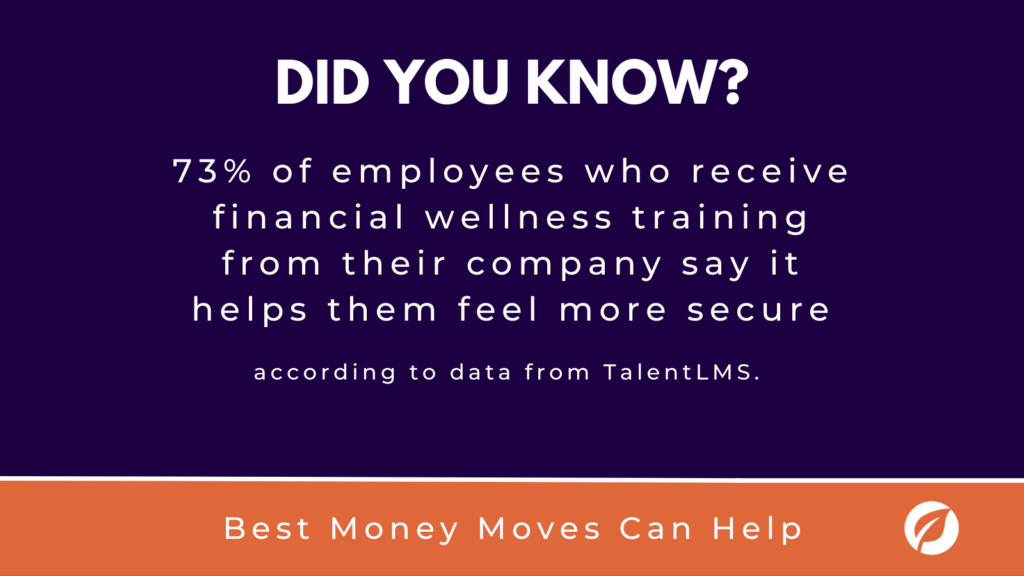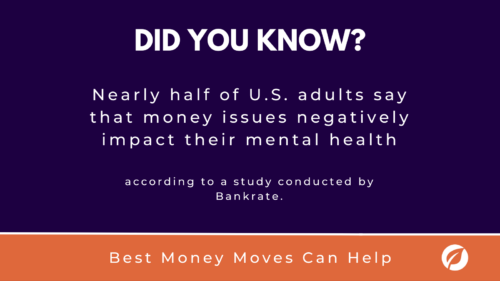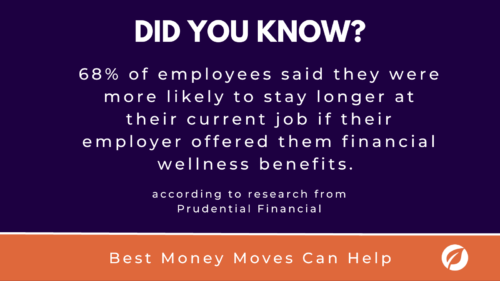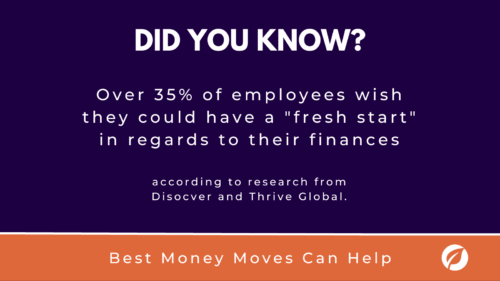
What is DEI? (And What’s Missing from Your Strategy?)
Diversity, equity and inclusion initiatives are integral to a successful benefit strategy. Companies with a diverse workforce earn 19% higher revenue than their non-diverse competitors, according to a study by the Boston Consulting Group.
Keep reading to learn how DEI initiatives benefit employees and organizations and what you can do to improve your company’s DEI strategy.
What is Diversity, Equity, and Inclusion? (DEI)
DEI initiatives are programs designed to promote practices that combat inequities within your organization. The goal of these initiatives is to create a workplace culture where everyone feels valued, regardless of their race, ethnicity, age, gender, religion, sexual orientation, gender identity, disability, economic status or other diverse background. DEI initiatives can include everything from celebrating cultural holidays office-wide to creating mentorship programs for minority groups.
Diversity initiatives can benefit your organization in a number of ways. First and foremost, they help to attract and retain a robust team. According to a 2021 Glassdoor survey, 76% of current and aspiring employees report that a diverse workforce is an important factor when evaluating companies and job offers.
A diverse team also brings a wider range of perspectives to the table, which can lead to better ideas and a greater array of problem-solving strategies. In addition, by providing training on how to overcome unconscious biases, you can create an equitable workplace where everyone has an opportunity to succeed. This can lead to increased morale, teamwork and productivity. In fact, companies with a diverse workforce are 1.7 times more innovative, per Forbes.
Finally, companies that have more diverse teams can connect with a wider range of customers and clients, which improves your organization’s bottom line. According to a 2020 McKinsey study, companies in the top quartile for being ethnically and culturally diverse are 36% more profitable than those in the bottom quartile.
4 initiatives for your benefits program
Despite the clear benefits of diversity initiatives, however, some employers still struggle to create strategies that stick. Here are a few key areas where DEI initiatives can help improve your benefits program:
Pay transparency: Even if your company has a diverse workforce, there may still be disparities in upward mobility based on race and gender. In order to create a truly inclusive workplace, your company needs to ensure that all employees are paid fairly and have equal opportunities for advancement. According to a Visier survey, 68% of employees would switch employers for greater pay transparency, even if compensation was the same.
Financial education solutions: Raising the baseline financial literacy for your employees is one of the best ways to improve equity within your organization. 73 percent of employees who receive financial wellness training from their company say it helps them feel more secure, per TalentLMS. Providing tools that limit financial stress can have substantial impacts on the wellbeing of your employees and your company.
Inclusive hiring practices: In order to truly create a diverse team, your company should examine its hiring practices and ensure that it is inclusive and fair. This may involve removing biases from job descriptions, using diverse candidate pools and ensuring that hiring managers are trained on unconscious bias.
Cultural awareness programs: A diverse workforce will not thrive in an environment that is not inclusive. Your organization should create a culture where everyone feels valued, regardless of their background or identity. This may involve providing sensitivity training and creating a zero-tolerance policy for discrimination and harassment.
Support financial equity in your workplace with comprehensive financial education from Best Money Moves
Best Money Moves is a financial wellness solution designed to help dial down employees’ most top-of-mind financial stresses. As a comprehensive financial well-being solution, Best Money Moves offers 1:1 money coaching, budgeting tools and other resources to improve employee financial wellbeing. Our AI platform, with a human-centered design, is easy to use and fit for employees of any age.
Whether it be college planning or securing a mortgage, Best Money Moves can guide employees through the most difficult financial times and topics. Our dedicated resources, partner offerings and 700+ article library make Best Money Moves a leading benefit in bettering employee financial wellness.
To learn more about Best Money Moves Financial Wellness Platform, let’s schedule a call. Contact us and we’ll reach out to you soon.









